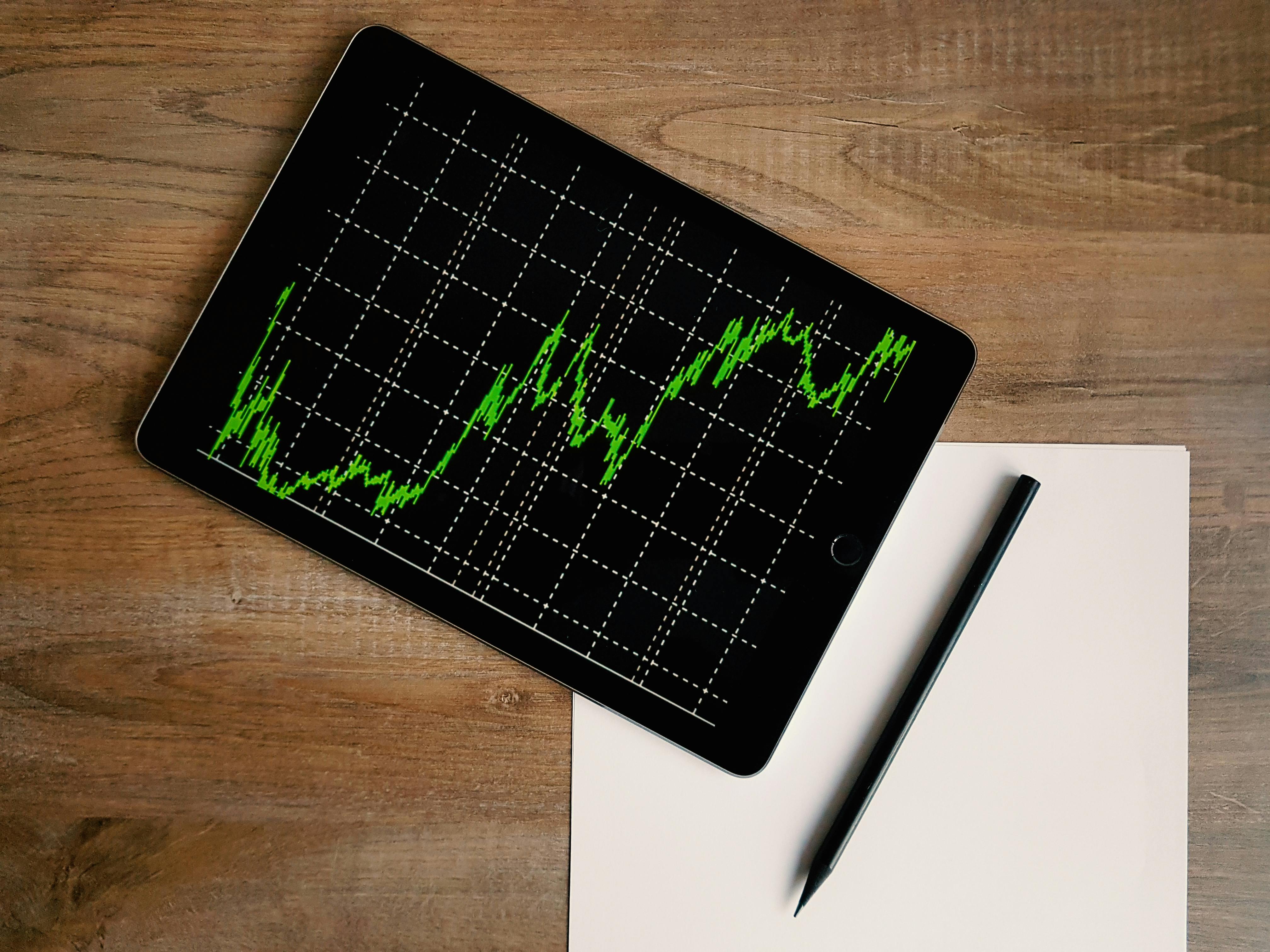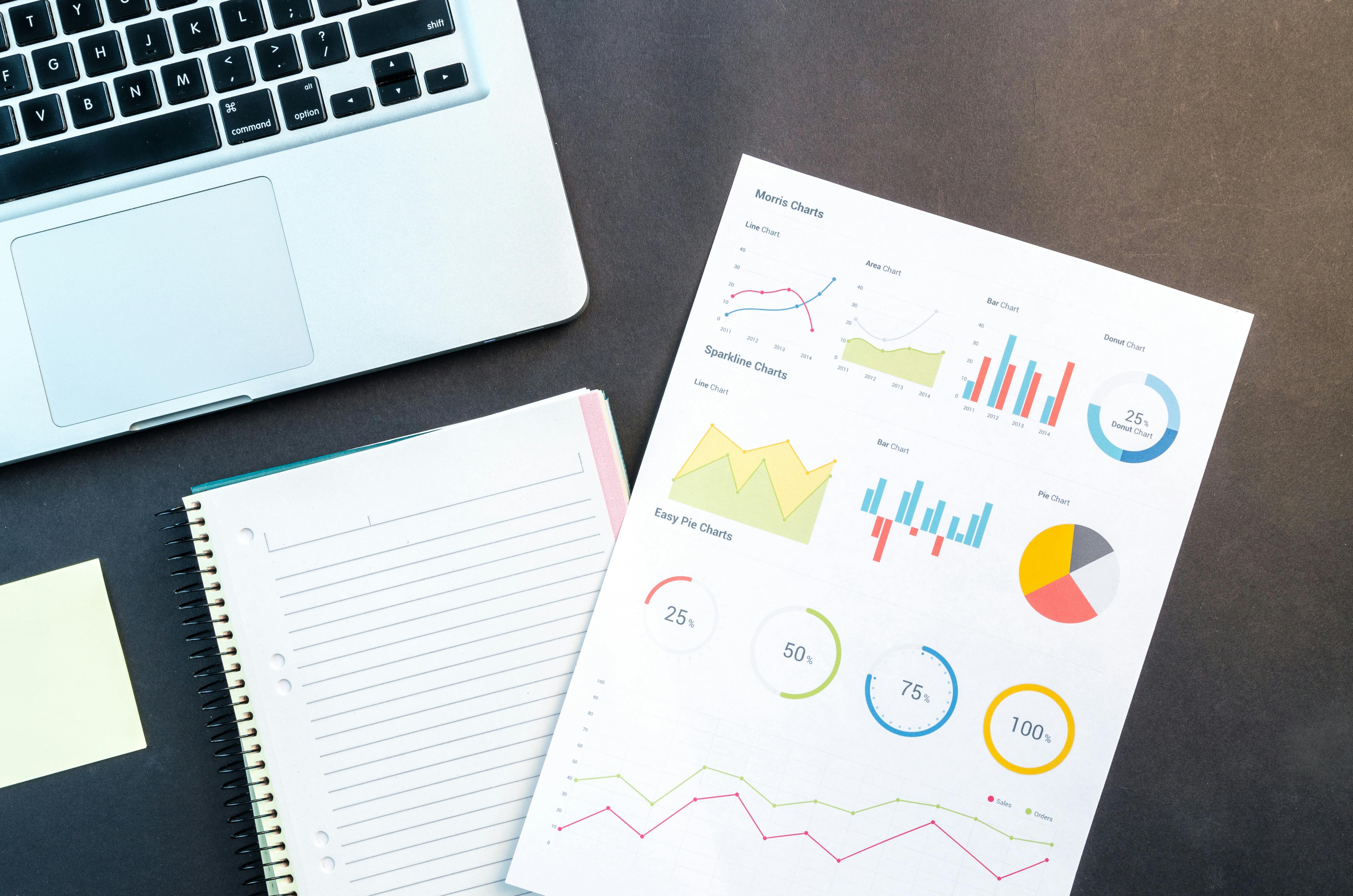Investors don’t read, they scan. In the first 60 seconds, they’re not looking for every detail—they’re looking for signals: clarity, coherence, and whether the story holds together under pressure.
Good design doesn’t replace due diligence, but it does make it easier to see what’s really there. When the story, numbers, and visuals are aligned, people can move faster—and with more confidence.
Design as a reliability check.
When a deck, one-pager, or model is thoughtfully built, it shows up in small ways: headings that match the logic of the story, charts that highlight the right inflection points, language that respects the reader’s time.
That’s why we treat design as part of the diligence process—not a coat of paint at the end. If something doesn’t make sense, we push on it. If a slide feels like it’s doing too much, we simplify. If a claim feels off, we ask for the source.

What this changes in the room.
When you walk in with materials that are precise, calm, and easy to follow, it changes the questions you get. Instead of “help me understand what this slide means,” you get “what would it take to scale this?” The room moves past confusion and into decision-making.


